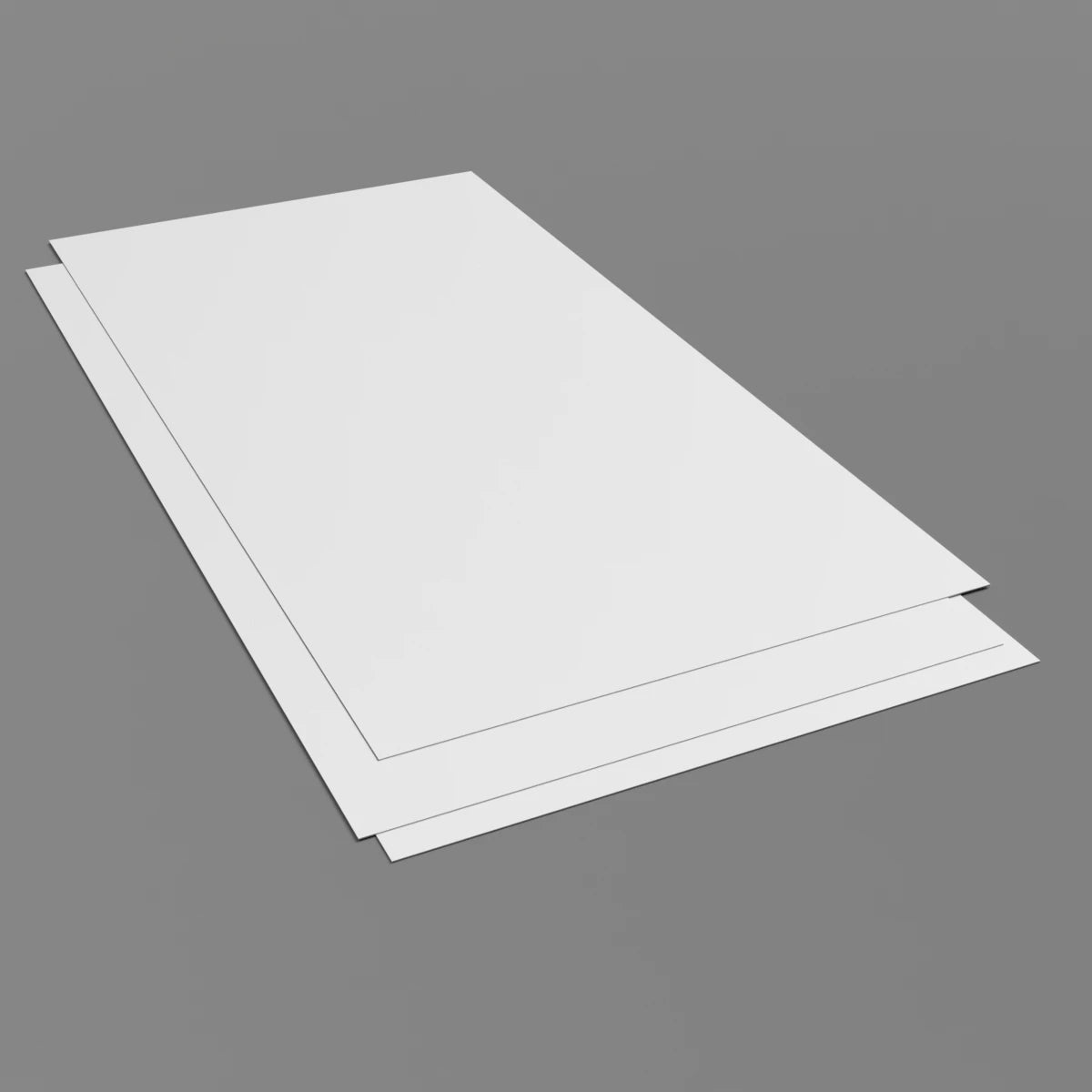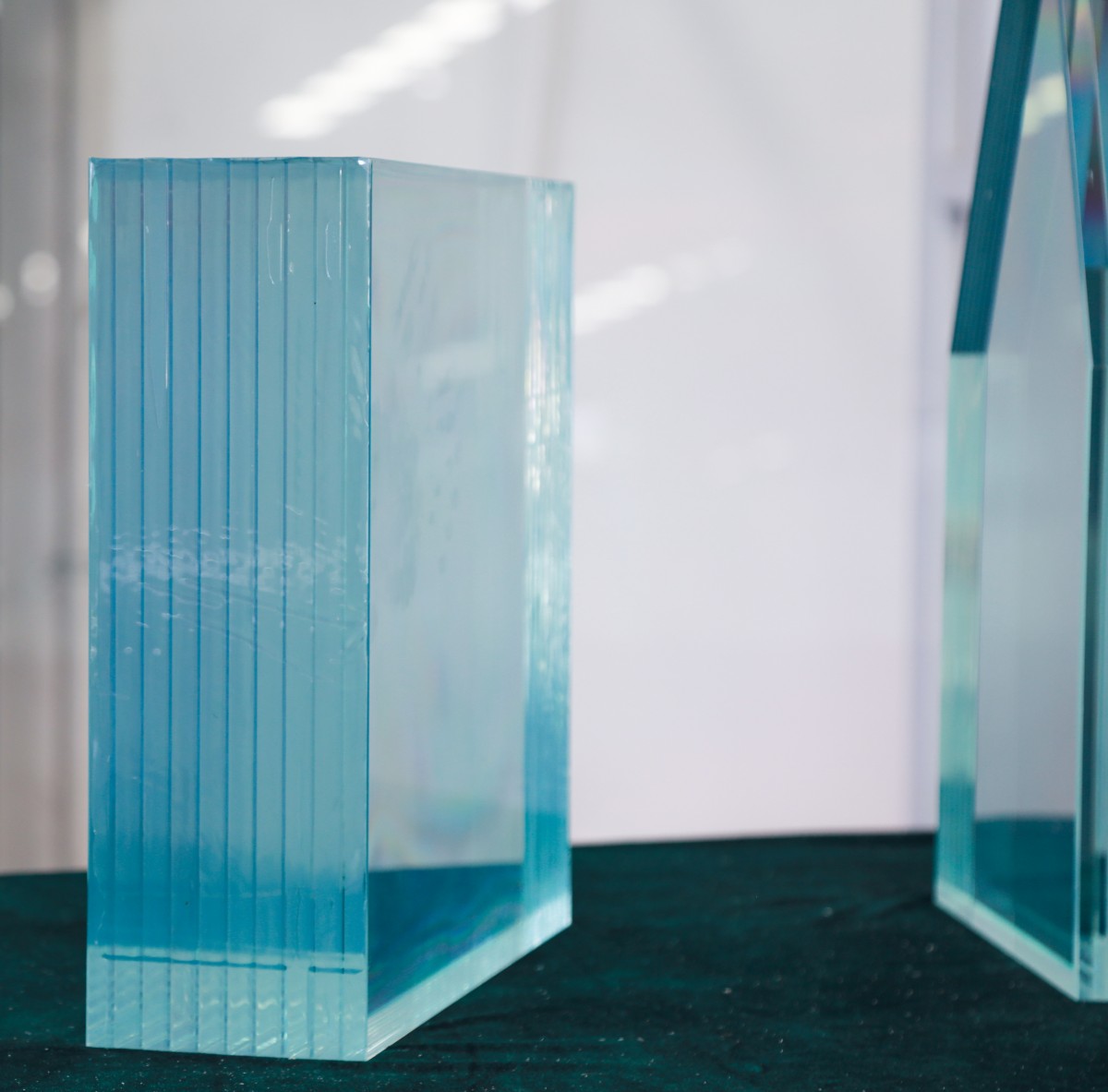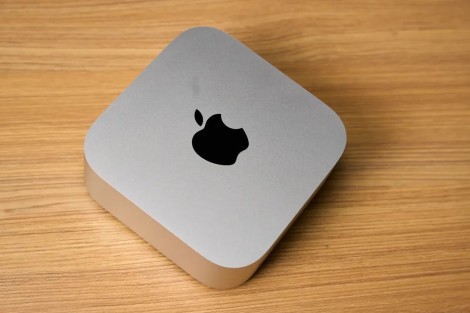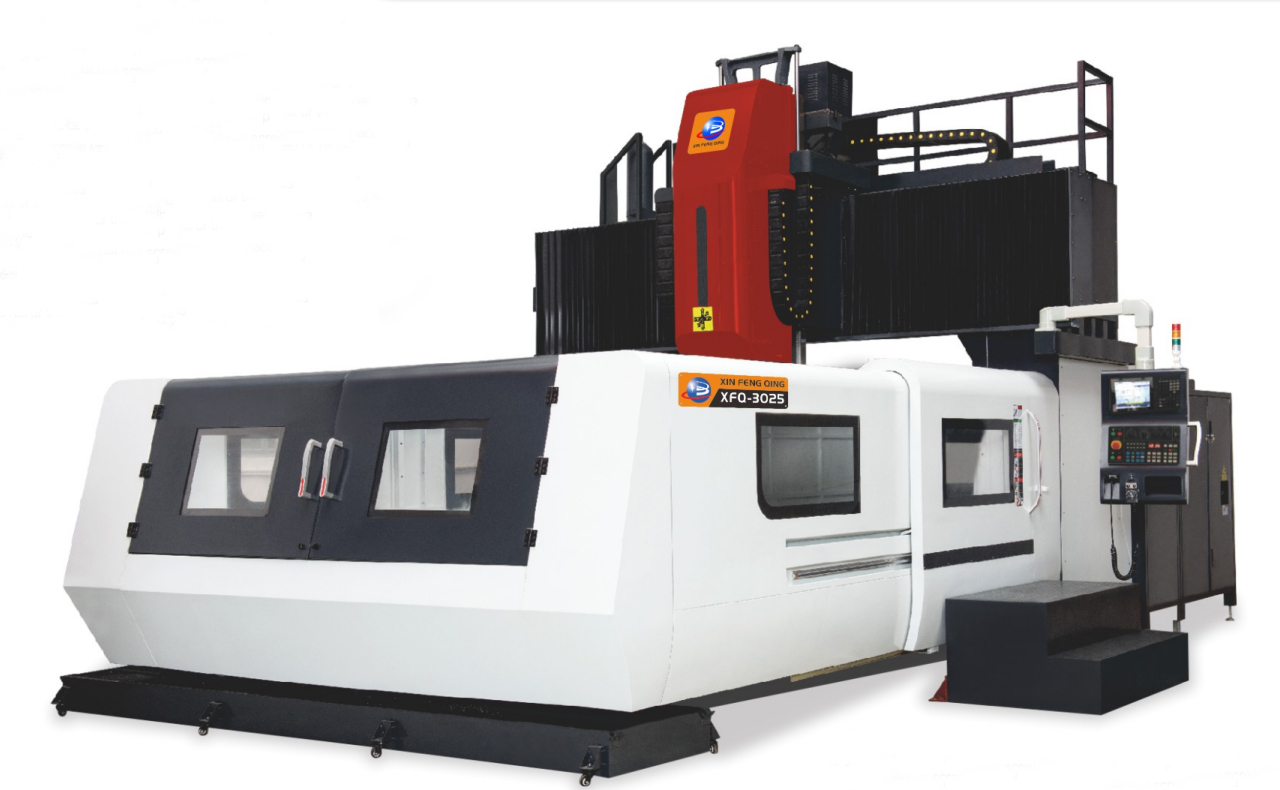
In the realm of interior design, the choice between PVC wall cladding and traditional tiles has become a topic of great interest. Both options offer unique advantages and considerations, making it crucial to understand the key factors that differentiate them. This article aims to provide a comprehensive analysis of PVC wall cladding and tiles, evaluating their performance, durability, maintenance, aesthetics, and environmental impact. By delving into these aspects, we can determine which option emerges as the superior choice for modern interior spaces.
- Performance and Durability:
PVC wall cladding, known for its exceptional durability, offers a range of benefits over tiles. Its robust construction ensures resistance to impact, scratches, and moisture, making it ideal for high-traffic areas such as kitchens and bathrooms. Tiles, while durable, are prone to cracking and chipping, requiring regular maintenance and potential replacements. PVC wall cladding, on the other hand, boasts a longer lifespan, reducing long-term costs and efforts. - Maintenance and Ease of Installation:
When it comes to maintenance, PVC wall cladding proves to be a hassle-free option. Its smooth surface prevents the accumulation of dirt, grime, and mold, making it easy to clean with just a damp cloth. Additionally, PVC cladding requires minimal maintenance, eliminating the need for regular sealing or regrouting, as with tiles. Installation-wise, PVC cladding offers a straightforward process, often utilizing interlocking panels that can be easily fitted, saving time and labor compared to tile installation. - Aesthetics and Design Options:
PVC wall cladding has evolved significantly in terms of aesthetics, offering a wide range of designs, colors, and textures that can mimic natural materials like wood, stone, or even metallic finishes. This versatility allows for greater creativity and customization, enabling homeowners and designers to achieve their desired look and feel. While tiles also offer various design options, PVC cladding provides a more cost-effective solution without compromising on visual appeal. - Environmental Impact:
In today's eco-conscious world, considering the environmental impact of building materials is crucial. PVC wall cladding has made significant strides in this aspect, with many manufacturers adopting sustainable practices and utilizing recycled materials. Additionally, PVC cladding is energy-efficient, providing better insulation and reducing heat loss compared to tiles. However, it is important to note that tiles can be more environmentally friendly if sourced from sustainable suppliers and properly recycled.
Conclusion:
After a thorough evaluation, it is evident that PVC wall cladding surpasses tiles in several key aspects. Its superior performance, durability, low maintenance requirements, and extensive design options make it a compelling choice for modern interior design. While tiles have their merits, PVC cladding offers a cost-effective, practical, and aesthetically pleasing alternative. By embracing PVC wall cladding, homeowners and designers can elevate their spaces with a durable, stylish, and environmentally conscious solution.



